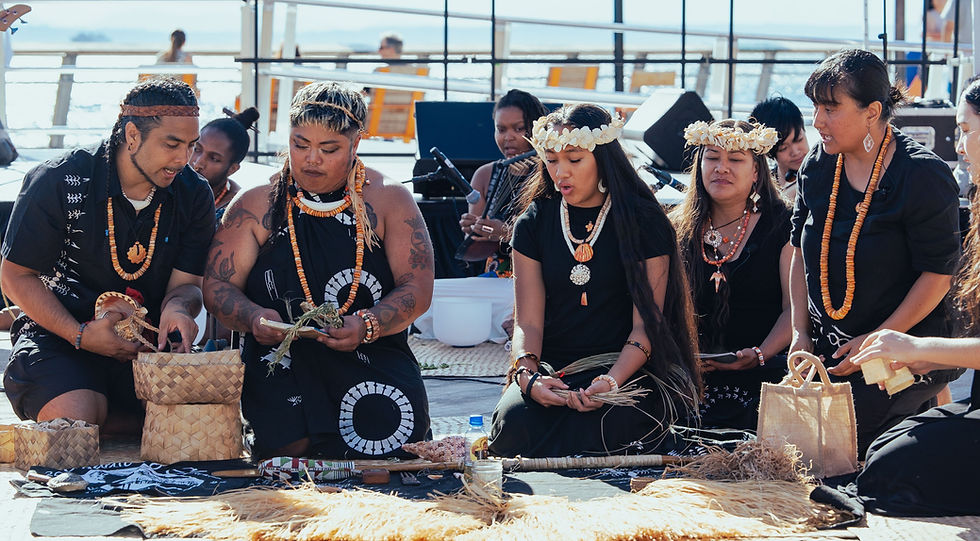Second chances
- Admin

- Apr 3, 2022
- 3 min read

There comes a time in your life when you must decide if something is worth saving, worth giving a second chance. I try my utmost to save it before giving up on it. This is true about me as a person and as a repair and restoration artist. My character is reflected in every work that I do.
To explain the process, I have to give you a glimpse of my life. As a child, my love of art began with tracing from a Bible. It was a Robert Wyland-style of art. I copied the whales and dolphins. I did it so well my cousins would ask me to do their art homework. I guess you can say that’s when my love of art (and the ocean) began. To this day I can trace artwork freehand like when I do a mural painting from a Disney picture or just drawing in general. I’ve trained my eye to outline and trace. In essence, to copy.
One of the best ways to learn is to copy. Of course, I know you won’t go and copy art and then pass it off as your own. That would be illegal. Don’t go out there and break any copyright laws now. I warn you.
But seriously, folks, copying is one of the ways we learn. Benjamin Franklin taught himself to write well by doing Bible copy work. Did you know that Vincent Van Gogh copied the work of other artists like Eugene Delacroix and Francois Millet? Oh yes, he did. Google it.
Michelangelo to Masaccio. Picasso to Velazquez, Poussin, Delacroix, and Manet. Manet from Raphael. Some of these artists may take it and make it their own or add their style and flair to it. Back in those days they lacked Google and models.
Anyway, we can’t help but copy when something is that good. In art class we copy the great artists. Don’t we? Right!
ADVERTISEMENT
The second thing you need to know about me is that I am a tinkerer. Yes, a CHamoru tinker belle. I love to repair things. I feel quite accomplished if I can repair something back to its original condition. When I began to apply this skill to art, I made it a personal challenge to show no footprint. I wanted it to look like it was never broken or worn out.
I repaired a Brazilian statue from pieces— teeny tiny bits of pieces. I also had to create a hat and walking stick from scratch for it. I took the extra time to study other sculptures by the artist to ensure I made a hat that would match the art style. The owner of the statue didn’t notice any difference or comment on how the hat should look. That to me that was a sign of approval.
ADVERTISEMENT
All that said, before I take on a project, I look carefully at it and ask myself: “Can I copy this artist’s style and medium?” This is so important because you don’t want to take away from the beauty of the piece by altering it. I then ask myself if it can be repaired both structurally and mechanically.
Lastly, I ask if I have the tools and materials. This is just part of my journey to repair and restore artworks. Call me the “art engineer.” There is a science to it.
If you have any art you’d like repaired or restored, please let me know. I’d love to look at it and see if I can give it a second chance because I do believe in second chances.
Donna Hope Blas is a restoration and 3-D artist. She is a certified therapeutic art life coach and entrepreneur. She was born and raised on Guam. Send feedback to donnahblas@gmail.com
Subscribe to
our digital
monthly edition














